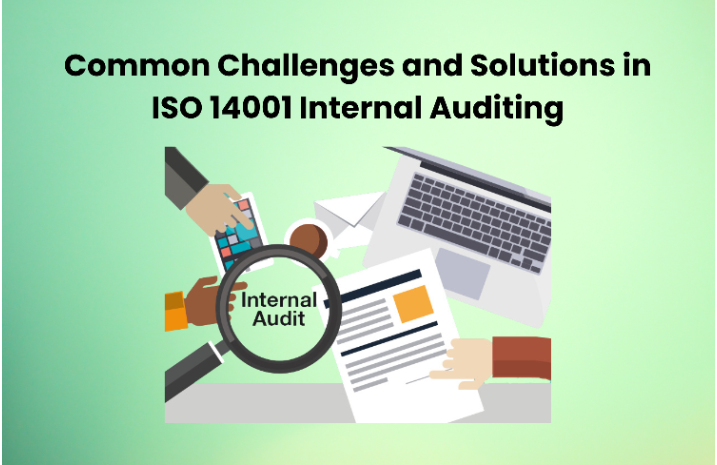Financial crimes such as money laundering are not recent ones that have an impact on businesses. They are actually those that significantly harm the systems’ performance and image. Customers cannot develop a high level of trust in the finance division that doesn’t retain their standing. Nowadays, fraudsters are using new strategies to attempt offenses. They do money laundering as well as terrorism financing in banks to accomplish their own brutal and illegal goals. This is where suspicious transaction monitoring helps. It is an advanced AI-powered technology that assists financial departments in checking all illicit activities. The software checks who committed the crime and when it actually happened. This is how it helps to combat all fraud-related cases and reduce the proportion of financial fraud in the digital age.
A Basic Overview of Transaction Monitoring
Financial organizations and banks regularly check their customers for high-risk transactions using a system called suspicious transaction monitoring. Clients’ history and monetary profiles are accessible throughout this phase to evaluate risks and forecast future transactional actions. The process monitors transactions in real time and creates a Suspicious Activity Report (SAR) outlining all of the user activity. They are then sent to the state regulators for further validation to check the risk level. This compliance helps financial companies to identify transactions that cause technical risks such as money laundering.
AML Transaction Monitoring
Screening end-user transactions with an AML strategy that identifies high-alert financial threats is necessary to reduce financial fraud. Anti-money laundering screening records transactions such as bank deposits and cash withdrawals, etc. In addition, the method completes customer screening with the help of Politically Exposed Persons (PEPs) lists, FATF black and grey lists, and numerous other checks of end-user profiles.
Suspicious Transaction Monitoring System
All banks and financial firms use transaction tracking systems to accurately and efficiently follow customer transactions in real-time. The main objective of this method is to look into the customer’s transactional record and profile. Thus, risk-based AML guidelines will support this issue. Additionally, suspicious transaction monitoring can leverage the credentials gathered through KYC rules to intelligently understand a client, particularly those linked to posing a threat. Additionally, the transactional tracking SaaS provider can exert the AML rules checklist and later validate account-specific activities after a procedure of risk assessing verification. As a result, an automatic fraud transaction monitoring system creates reports of suspicious activity and sends them to the appropriate authorities.
KYT Solution for Customer Verification
Know Your Customer (KYC) plays a critical role in ensuring that customers’ identities are verified by firms prior to registering them in a system in all financial industries. Similar to it, the Know Your Transactions (KYT) technique is a method of identifying transactions made by clients. Not only this, it investigates transaction risks, looks into financial severe crimes, and bolsters commercial relationships. Businesses that adhere to KYT compliance are gathering all the information necessary about their clients’ transactions. This will be used in the future for stopping money laundering. The bank transaction monitoring system examines certain financial transactions, including:
- Transactions related to trade
- Cross borders transactions
- Letter of credit transactions
- Cash-based payments
- Remittance transfers
- Transactions that customers carry out using credit or debit cards
Real-Time Transaction Monitoring – A Need of the Financial Institutions
The transaction tracking system is one of the most prominent systems for preventing financial crimes including money laundering. It is a great solution that provides its facilities in all financial institutions. Also, there are several factors that make business transaction monitoring important, including;
- This SaaS supplier assists in the identification of client behaviors that raise the risk of money laundering.
- It creates an anti-money laundering adherence to keep track of transactions and remove warning signs in a system. This is done by keeping an eye on end-user account activity
- The transaction reporting system delivers the outcome in real-time, accurately, and without any flaws.
- It effectively operates without technical support.
- Managing an extensive trail of transactions, assists organizations in preserving their productivity. It earns respect from customers, financial partners, and governing bodies because it tackles fraud accurately and efficiently.
Final Thoughts
Financial systems and other businesses adopting digital currencies must have a suspicious transaction monitoring system as part of their AML strategy. They must be mindful of transactional limitations and have the ability to distinguish between the accounts of hazardous and more suspect profiles. Transaction monitoring systems immediately identify suspect behavior when fraudsters attempt to get around a firm’s verification procedures. They also keep track of the clients’ most current AML status. This is the way it enforces KYC and AML laws on businesses in the digital era while also discouraging illicit activity.




